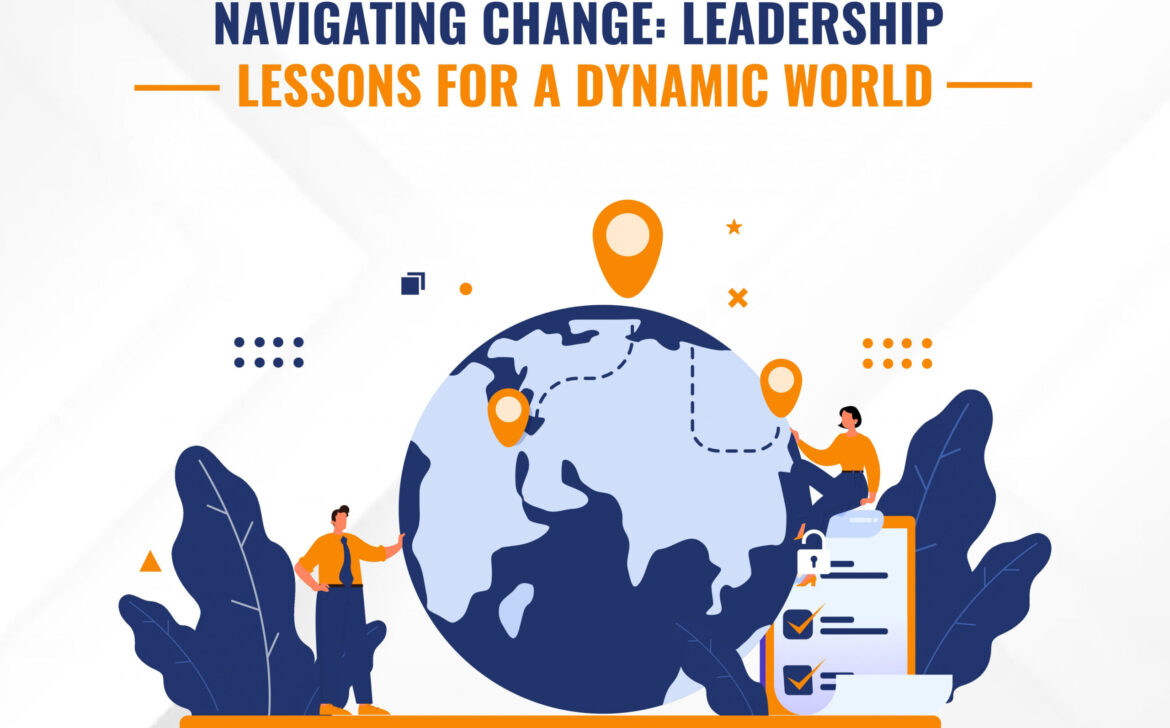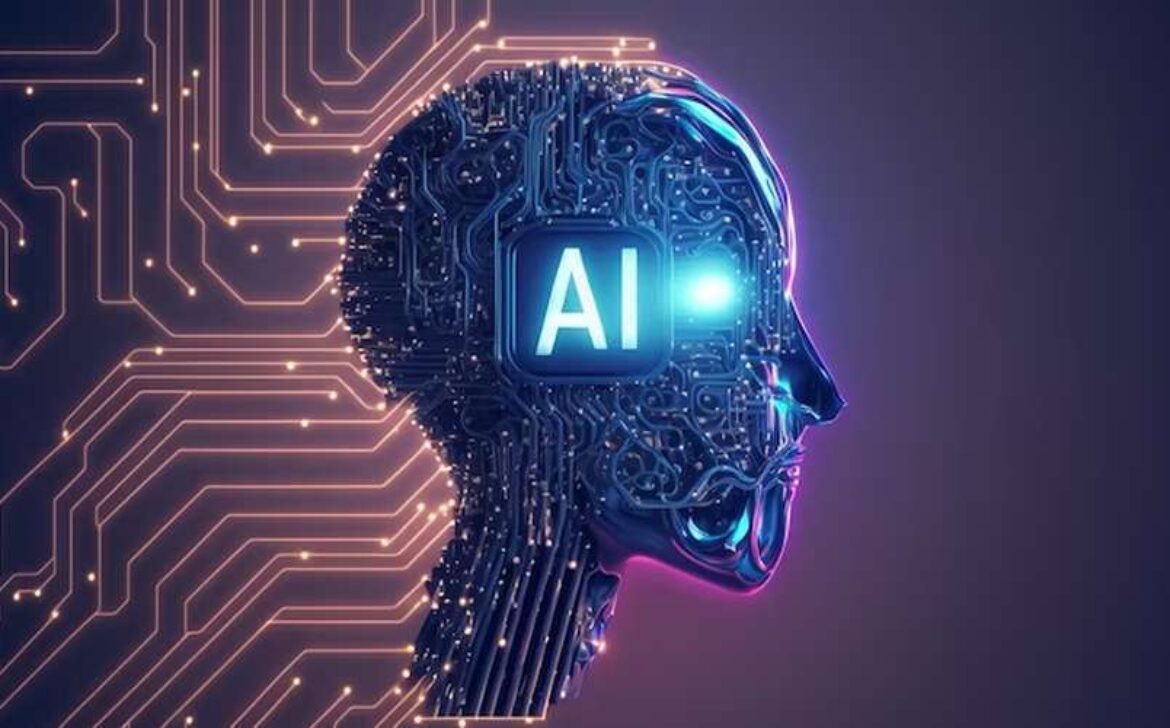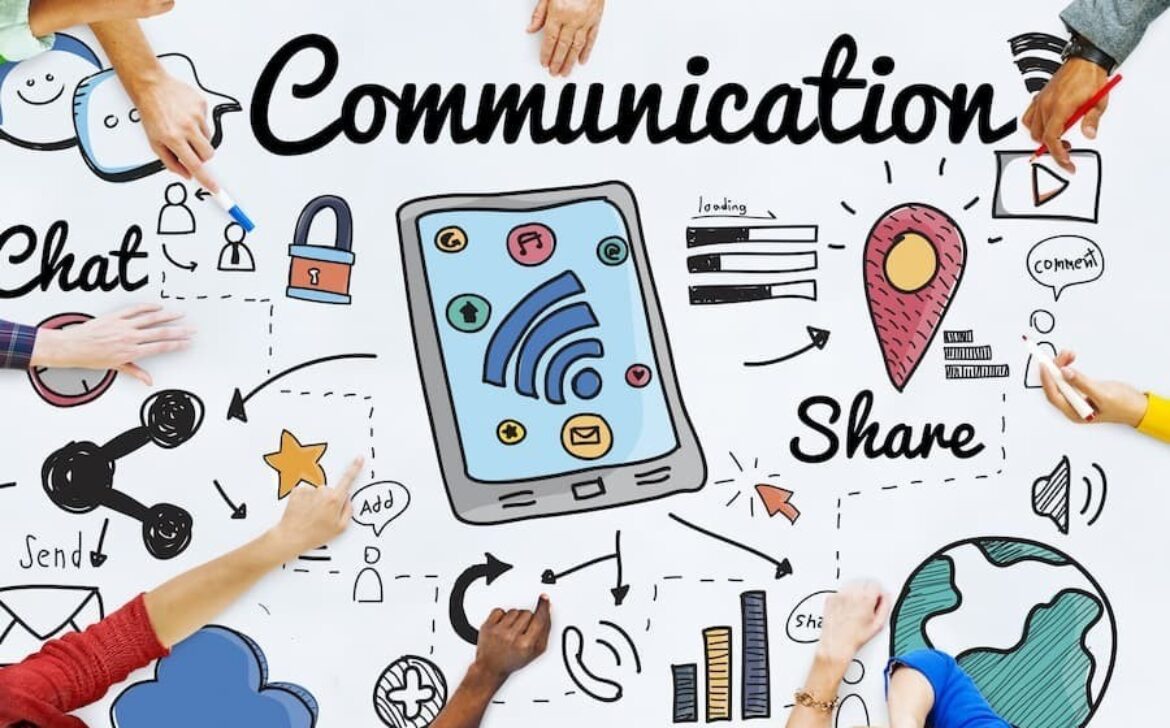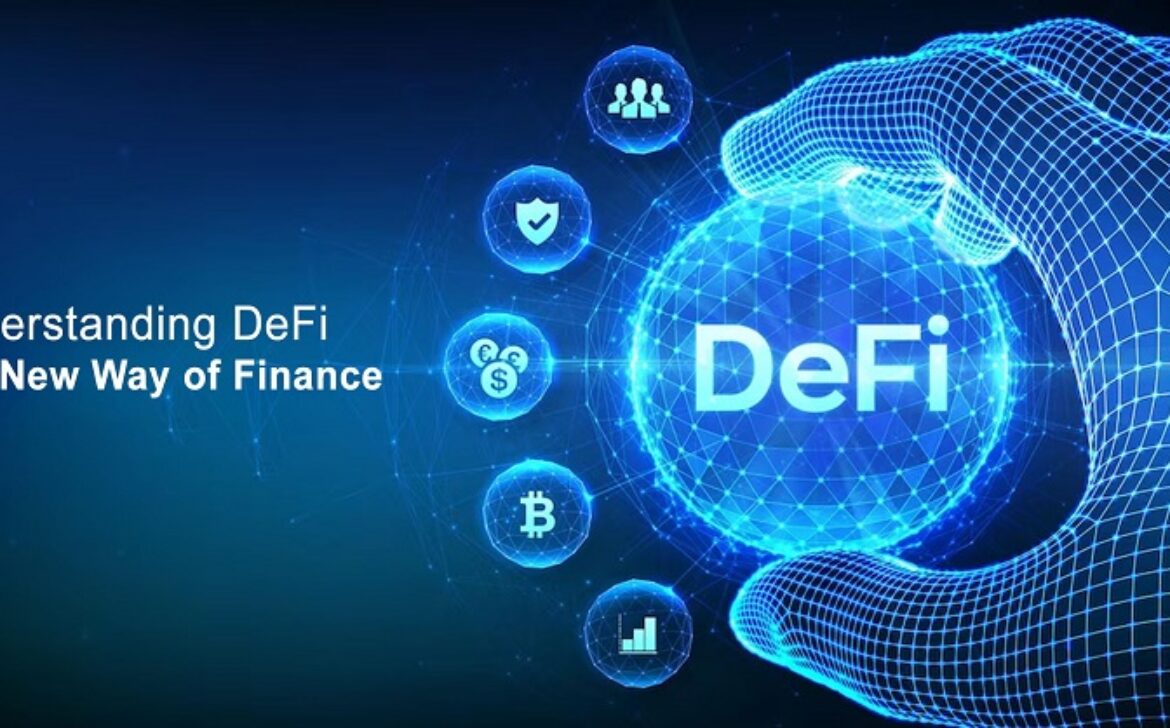Navigating Leadership and Organizational Culture in a Changing World
Navigating Leadership and Organizational Culture in a Changing World In today’s fast-paced business environment, marked by technological advancements, evolving consumer expectations, and global interconnectedness, effective leadership and a robust organizational culture are crucial for long-term success. The synergy between these two elements not only shapes an organization’s internal dynamics but also its external reputation and overall performance. As organizations face challenges such as digital transformation, workforce diversification, and intensified competition, leaders must guide their teams while cultivating a culture that encourages innovation, inclusivity, and resilience. Leadership is the cornerstone that supports the structure of an organization. It sets the strategic direction, establishes priorities, and personifies the organization’s ethos. Leaders are not mere figureheads; they are the architects of culture, influencing how values are manifested in daily operations and how the organization’s vision is pursued. Organizational culture is the collective personality of an organization. It encompasses the shared values, beliefs, and behaviors that define how work is done and how people interact. A positive culture attracts and retains talent, boosts employee engagement, and enhances overall performance. An organization’s core values and mission statement are its guiding principles. They provide a sense of purpose and direction, helping employees understand what the organization stands for and what it aims to achieve. Leaders must clearly communicate these values and ensure they are reflected in every aspect of the organization’s operations, from hiring practices to performance evaluations. Open communication is a cornerstone of a positive organizational culture. It involves creating an environment where employees feel safe to express their ideas, concerns, and feedback. This transparency builds trust and fosters a sense of belonging. A diverse and inclusive workplace brings together individuals with varied backgrounds, experiences, and perspectives. This diversity fosters innovation and creativity, as different viewpoints lead to new ideas and solutions. Recognition and rewards are powerful motivators. They reinforce positive behaviors and achievements, encouraging employees to strive for excellence. Building and sustaining a strong organizational culture is an ongoing process that requires constant attention and adjustment. Leaders must be proactive in identifying and addressing challenges that may arise. Change is often met with resistance, particularly if it disrupts established routines or threatens job security. Leaders must communicate the reasons for change clearly and involve employees in the change process. An organization’s culture must support its strategic objectives. Misalignment can lead to confusion, lack of direction, and inefficiencies. Conflicts and negative behaviors can undermine a positive organizational culture. Leaders must address these issues promptly and constructively. As the world continues to change, so too must organizational cultures. Emerging trends such as remote work, digital transformation, and the increasing focus on mental health and well-being are reshaping how organizations operate and interact with their employees. The COVID-19 pandemic accelerated the adoption of remote work and digital technologies. While remote work offers flexibility and cost savings, it also presents challenges in maintaining a cohesive culture. Mental health and well-being have become increasingly important in the workplace. Organizations must prioritize employee well-being to foster a positive culture and prevent burnout. Effective leadership and a strong organizational culture are fundamental to an organization’s success in an ever-changing world. Leaders must embody the organization’s values, foster open communication, promote diversity and inclusion, and recognize and reward achievements. They must also be adaptable, managing change effectively and aligning culture with strategic objectives. As new challenges and opportunities emerge, organizations must continuously evolve their cultures to remain competitive and thrive. By prioritizing leadership development and nurturing a positive organizational culture, organizations can create an environment where employees are motivated, engaged, and aligned with the organization’s mission. This, in turn, drives innovation, enhances performance, and ensures long-term success. Internal Links: Outbound Links:Introduction
The Role of Leadership in Shaping Organizational Culture
Key Traits of Effective Leaders
Building a Positive Organizational Culture
Defining Core Values and Mission
Fostering Open Communication
Promoting Diversity, Equity, and Inclusion (DEI)
Recognizing and Rewarding Success
Navigating Challenges in Organizational Culture
Managing Resistance to Change
Aligning Culture with Strategy
Resolving Conflicts and Addressing Negative Behaviors
The Evolving Landscape of Organizational Culture
Remote Work and Digital Transformation
Focus on Mental Health and Well-Being
Conclusion











